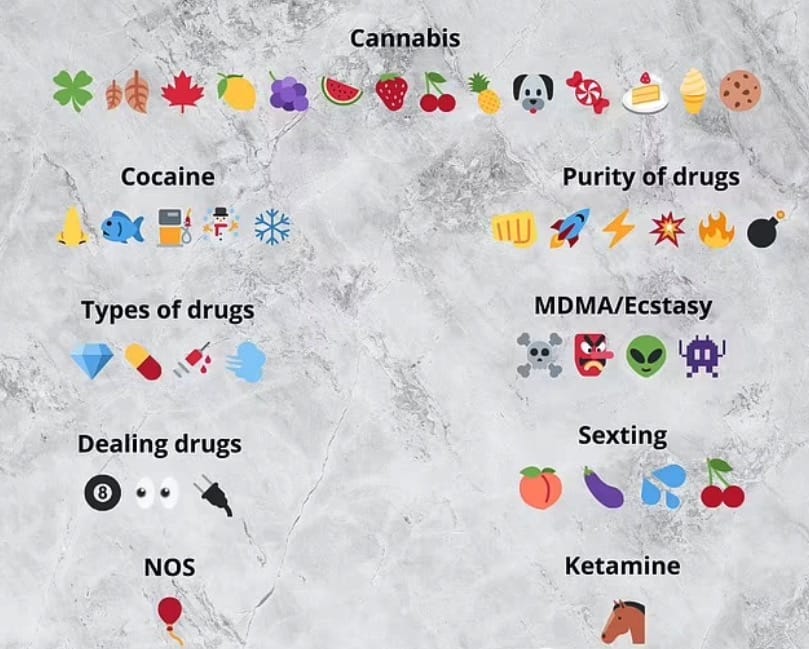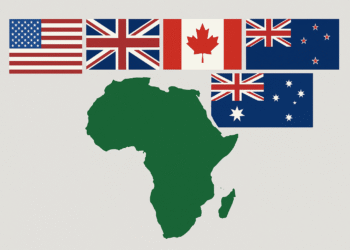Hidden Emoji Dangers: The digital world is evolving rapidly, and with it, so are the ways young people communicate. Social media, instant messaging, and online communities have become the primary channels of interaction, often leaving parents struggling to keep up. A new challenge has emerged—the hidden meanings behind seemingly innocent emojis.
Recent warnings from authorities have revealed that certain emojis, including the horse emoji (🐴), are being used as secret codes for illicit substances like ketamine. This alarming trend highlights the need for parents to stay informed and proactive about their children’s digital interactions. This report explores the hidden dangers of emoji language, its implications, and practical steps parents can take to protect their children.
The Evolution of Digital Communication
Emojis started as a fun way to express emotions in text conversations. Over time, they have developed alternative meanings, some harmless and others more concerning. Teenagers and young adults have adopted emojis as a form of coded communication, allowing them to discuss sensitive topics without raising suspicion from parents, teachers, or law enforcement.
Authorities warn that some emojis are being used to reference drugs, criminal activities, and even extremist ideologies. These symbols create a hidden language that enables risky behavior to go undetected.
The Horse Emoji and Its Hidden Meaning
One of the most alarming discoveries is the use of the horse emoji (🐴) as a reference to ketamine, a dissociative anesthetic originally intended for medical and veterinary use but now commonly abused as a recreational drug. Known as “Special K,” ketamine induces hallucinations and a trance-like state, making it popular among young people seeking an escape from reality.
Law enforcement agencies have reported a surge in ketamine abuse, facilitated by social media and encrypted messaging apps. By using emojis as secret codes, individuals can discreetly discuss and arrange drug transactions without detection.

Other Emojis with Dangerous Meanings
The horse emoji is just one example. Authorities have identified several other emojis being used as digital drug codes, including:
- Alien, Skull, or Demon Mask (👽💀🧟) – Symbols for MDMA (Ecstasy or “Molly”).
- Snowflake or Snowman (❄️🌨️) – Represent cocaine.
- Maple Leaf, Tree, or Four-Leaf Clover (🍁🌳🍀) – Commonly linked to marijuana.
- Cake, Ice Cream, or Certain Fruits (🍰🍨🍇🍋🍒) – Indicate cannabis-infused edibles.
Beyond drug-related meanings, emojis have also been linked to radical online movements, including incel and manosphere communities.
The Rise of Online Radicalization and Emoji Codes
Another growing concern is the use of emojis in online radicalization. Studies suggest that certain emojis act as coded symbols for misogynistic and extremist ideologies. For example:
- Dynamite (💣) – Represents incel ideology, symbolizing an “exploding red pill.”
- 100 Emoji (💯) – Refers to the “80/20 rule,” a belief that only 20% of men attract 80% of women.
- Kidney Bean (🌿) – Used within incel communities as a secret identifier.
The manosphere—a network of online communities promoting extreme anti-feminist views—has been growing at an alarming rate. Social media algorithms make it easier for young people to encounter this content, reinforcing harmful beliefs and leading to potential radicalization.
The Role of Parents in Digital Safety
With the rise of secret emoji codes and online radicalization, parents must take proactive steps to safeguard their children. Here are some essential strategies:
1. Stay Informed
Parents should educate themselves about digital trends, including emerging slang, emoji meanings, and popular online platforms among teenagers. Following internet safety resources can help keep parents updated.
2. Encourage Open Communication
Rather than enforcing strict rules, parents should create an environment where children feel comfortable discussing their online experiences. Open conversations about internet safety, peer pressure, and digital literacy can help children make informed decisions.
3. Monitor Online Activity
While respecting privacy, parents should find a balance between trust and oversight. Parental control apps and built-in safety features on social media platforms can help track online interactions and prevent exposure to harmful content.
4. Teach Critical Thinking
Children should be encouraged to question and analyze the content they encounter online. Teaching them how to identify misinformation, manipulation, and peer pressure will help them make better digital choices.
5. Leverage Parental Control Features
Many platforms offer parental controls that allow parents to filter out inappropriate content. These tools can be instrumental in limiting exposure to dangerous communities and illicit activities.
Conclusion
The digital landscape presents both opportunities and risks. While emojis and internet slang might seem innocent, they can carry hidden meanings that expose children to drugs, radical ideologies, and criminal activities.
Parents must remain vigilant and proactive in educating themselves and their children about digital safety. Open communication, digital literacy, and responsible monitoring can go a long way in ensuring that young people navigate the internet safely.
By staying informed and engaged, parents can play a crucial role in protecting their children from the unseen dangers of the online world. If you found this report useful, share it with other parents and guardians to spread awareness about the hidden risks of digital communication.












